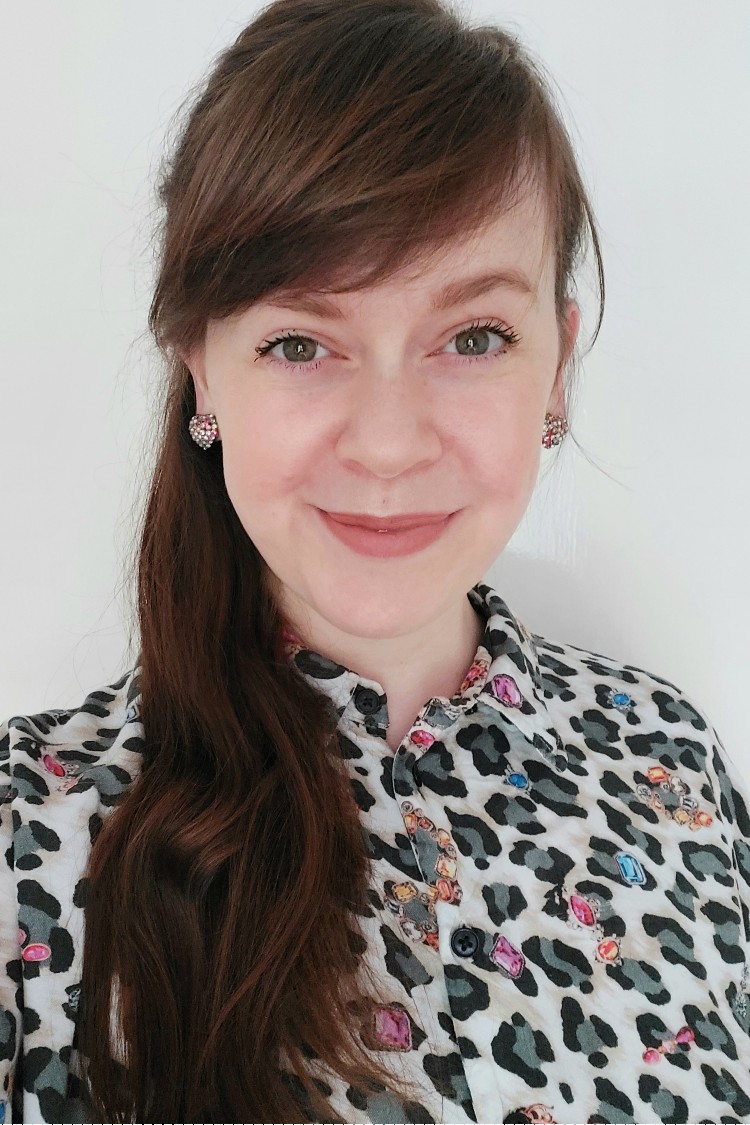The health and beauty industries have undergone some big changes in the last few years, and there is more to come. While some new players make up less than 0.1% of the market on their own, together the ‘challengers’ are really making waves – changing consumer expectations, pushing innovation, and encouraging established brands to think differently about products, packaging and routes to market.
Oh so natural
The word ‘natural’ encapsulates a lot of what is happening in the beauty industry. As well as fashion trends tending towards a more natural and ‘realistic’ look (although not necessarily fewer beauty products!) there is a clear push from consumers when it comes to natural products: simple ingredients, organic or vegan credentials, even sustainable packaging.
According to Kantar data, vegan cosmetics are now worth £29m in the UK, and “truly natural facial skincare” is growing at 81%.
Kantar beauty expert Fiona Keenan (Worldpanel division) says, “We are becoming increasingly concerned about the impact our purchasing and consumption of products, for example those packaged in single-use plastics, is having on the environment. More and more brands are responding to this and pushing the environmental and ethical agenda through their products, with Coty most recently launching their first naturals hair colourant offering, Natural Instincts. As well as being able to meet the needs of consumers, natural product offerings can also often afford brands a route to premiumisation.”
“Wellness and wellbeing is a growing requirement for consumers,” says Alex Rastall, another beauty expert from Kantar’s Insights division. “Natural Ingredients as a ‘Need’ has basically doubled in importance over the last three years – the change has been pronounced. Consumers are really re-assessing what is important to them.”
Retail detail
This industry is also seeing more and more brands using online and direct-to-consumer routes to market, as changing consumers revise their expectations of the buying journey. Smart beauty brands are making good use of social media, including influencers, to reach more people and gain valuable insights about their fans.
AR technology has a role to play in the beauty world. Whether in-store or via online channels, consumers can “try before they buy” in ever more sophisticated ways. For example, John Lewis has a new feature on its app that uses AR to let you try on different lipstick shades before buying.
Of course, in an industry full of contradictions, the rise of ecommerce – Kantar data shows 21% of cosmetics are now sold online – and ‘fast beauty’ acts as a foil to the growing wellness and sustainability trends. The good news for lovers of the high street is that all retailers are looking to health and beauty as a great way to differentiate, diversify, and better engage shoppers – so expect to see more and more personal care products next to clothing, accessories, groceries and even homeware.

